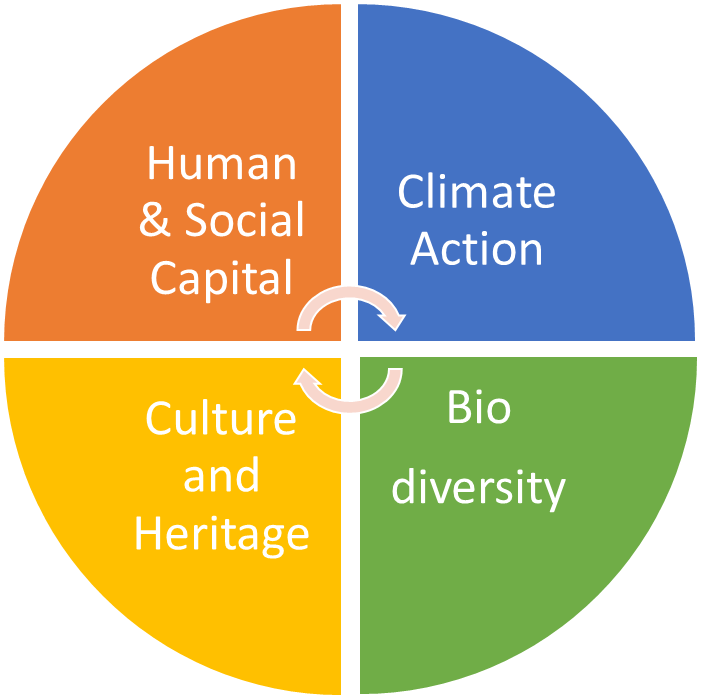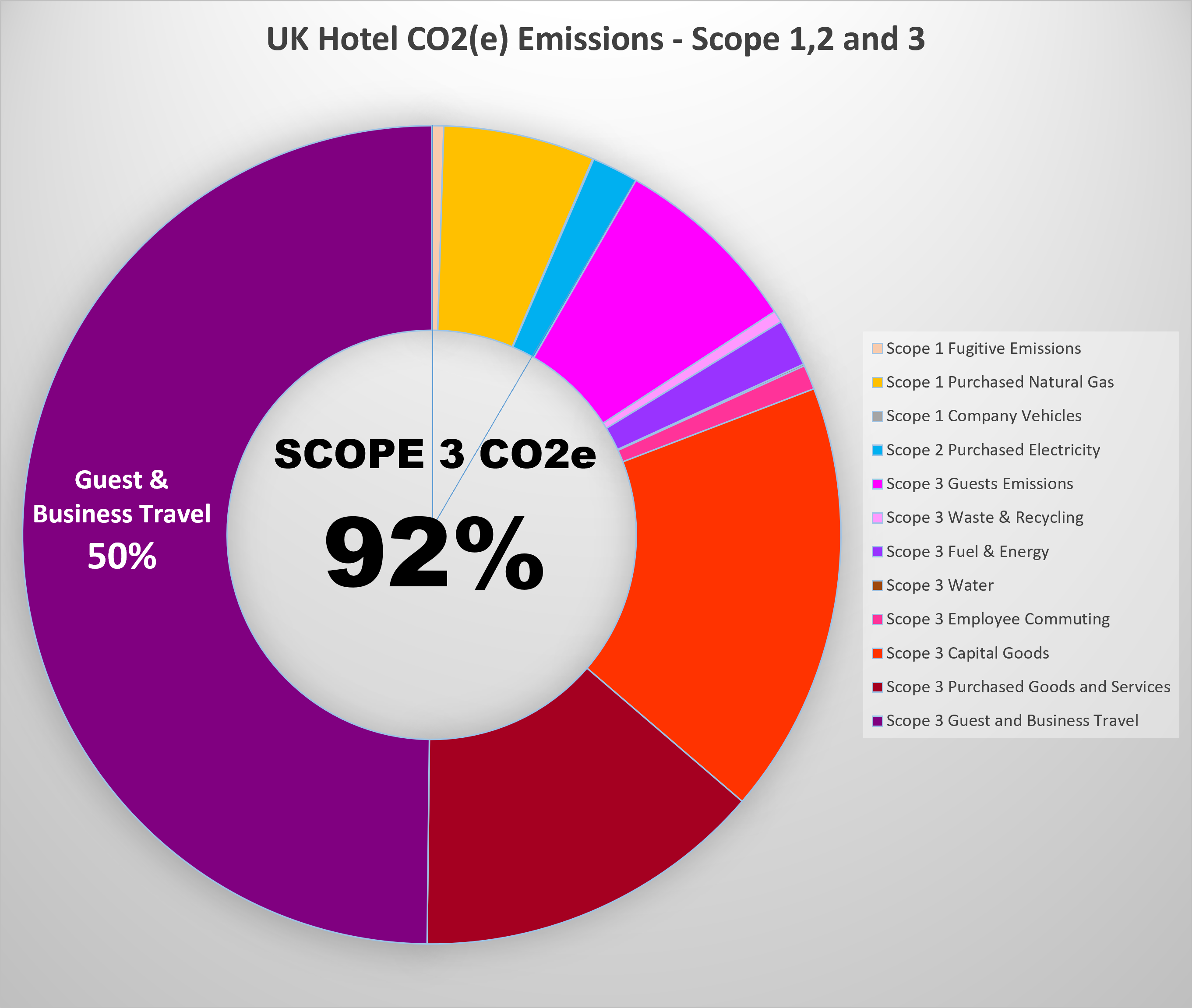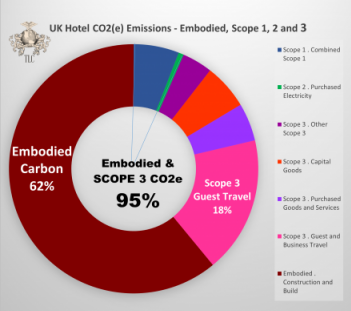Good for Climate Biodiversity and People
Harmony for Sustainability in Tourism, Travel and Development

Prosperous tourism is inextricably linked to attractive and healthy environments. The degradation to ecosystems has a direct impact on national tourism income potential.
The majority of the Tourism and Tourism Development would like to ensure that their industry has a Net Positive Impact for Climate and Biodiversity. The Harmony approach, based on a multi-factorial analysis of harms, can help destinations and services achieve and verify this, in an authentic, credible and simple way; while emphasising prosperity.
We start the process by an audit of harms to nature, through a measure of Green House Gasses and Impacts upon Oceans, Fresh Water, Land, and Plant and Animal Biodiversity.
These audits are based on methodologies supported by the Greenhouse Gas Protocol, UN System of Environmental Economic Accounting and the Natural Capital Coalition
We measure, assess and prioritize action on what is doing the most harm. And go both 'Beyond Carbon' and 'Beyond Net Zero'.
Lets look at Carbon Emissions and Hotels: The largest climate (carbon) impact is the Guest Travel to the hotel, often representing over 50% of the hotels operational Carbon emissions. The 'Embodied Carbon', the carbon used to make the hotel, can often represent 60 -70% of the carbon emissions of the hotels complete life-cycle. So while we welcome hotels tackling and reducing the carbon emissions of their operations like electricity, gas and consumables, we would like to remind them that there are things that they should do to mitigate the largest carbon emission issues related to tourism, travel and tourism development.


Link to our analysis of Reducing Embodied Carbon by Cement and Concrete Reduction
------------------------------------------
SCOPE of AUDIT
Scope of Harms:
|
|
HARM |
MEASURES and FINANCIAL COST MODELLING |
|
AIR/ CLIMATE |
|
|
|
BIOSPHERE
|
|
|
|
WATER
|
|
|
|
LAND
|
|
|
|
PEOPLE |
|
|
The Audit Team
We have a team of academic, public sector and commercial practitioners and specialists in:
• Ecosystems;
• Biodiversity;
• Surveying;
• Site Development;
• Concrete, Construction and Materials Analysts and Technologists;
• Hotel Development;
• Hotel Operations;
• Coastal Zone Management;
• Health and Social Impacts;
• Heritage and Cultural Interactions;
Who provide a multi-disciplinary team approach to scope, audit, verify and put a financial value to your environmental and ecosystems impacts for current or future operations and services.
The Role of the Guest and Consumer
The greatest influencers on how a destination impacts upon ecosystems and biodiversity, are the guests and travelers.
They want to know that the resort in its development and operation is a net positive contributor to the environment.
And how the they can ensure and contribute to:
• tackling climate change
• preventing biodiversity loss;
• restoring species and ecosystems;
It is essential that the customer is integrated and involved in the company or organisations sustainability journey, and given the choice to give back to the Environment.
The return to the environment is based on the True Value of each guests impacts upon the climate and environment, but with a little bit more, (one percent above neutral) to ensure their impact is positive.
Tourism & Biodiversity
UNWTO “The sudden fall in tourism cuts off funding for biodiversity conservation. Some 7% of world tourism relates to wildlife, a segment growing by 3% annually. The impact on biodiversity and ecosystems is critical. In many African destinations, wildlife accounts for up to 80% of visits, and tourism revenues enable marine conservation efforts. Several examples of community involvement in nature tourism show how communities, including indigenous peoples, have been able to protect their cultural and natural heritage while creating wealth and improve their wellbeing.
---------------------------------------
Biodiversity loss is financially material can be based on:
- The cost to restore biodiversity
- The volume of biodiversity finance
- Totaling the value added to the economy of industries qualitatively assessed to be dependent on nature
Cambridge Biodiversity Loss and Land Degradation ------------------------------------------
Calculating your CO2 impact by your flight
